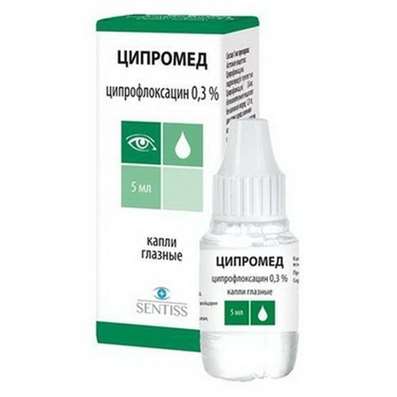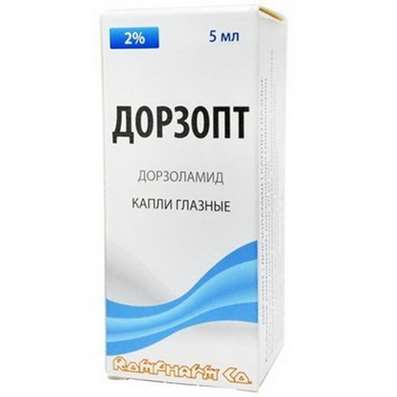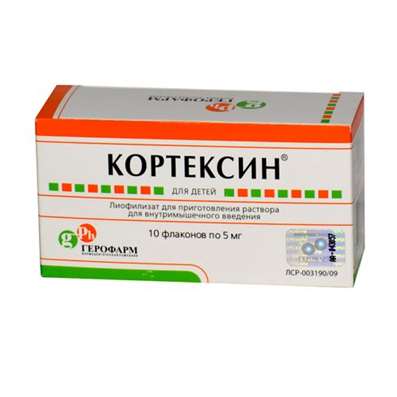Instruction for use: Nasivin
I want this, give me price
Trade name of the drug – Nasivin
ATX code R01AA05 Oxymetazoline
Pharmacotherapeutic group:
Alpha2-adrenoceptor agonists [alpha agonists]
decongestant
The nosological classification (ICD-10)
H66 Suppurative and unspecified otitis media
Bacterial ear infections, Inflammation of the middle ear, Infections of the upper respiratory tract, Infectious-inflammatory diseases of ENT organs, Infectious-inflammatory diseases of upper respiratory tract, Infectious-inflammatory diseases of the ear, Infectious diseases of ENT organs with marked pain syndrome,ear Infection, Otitis media infection, Persistent inflammation of the middle ear in children, Ear pain of otitis
H68 inflammation and blockage of the ear [Eustachian] pipes
Eustachian, Acute evstahiit, Qatar Eustachian tubes, Evstaheit
J00 Acute nasopharyngitis [runny nose]
Viral rhinitis, Inflammation of the nasopharynx, Inflammatory diseases of the nose, purulent rhinitis, Nasal congestion, Nasal congestion with colds and flu, The difficulty of nasal breathing, The difficulty of nasal breathing for colds, Difficulty in nasal breathing, Difficulty in nasal breathing in colds, nasal, hypersecretion, cold, ARI with rhinitis phenomena, coryza, Acute rhinitis of various origins, Acute rhinitis with thick purulent mucous exudate, Acute nasopharyngitis, Swelling of the mucosa of the nasopharynx, Rhinitis, rhinorrhea, Infectious-inflammatory diseases of ENT organs, heavy cold, rhinopharyngitis, nasopharyngitis
J01 Acute sinusitis
Inflammation of the sinuses, Inflammatory diseases of the paranasal sinuses, Purulent inflammation of the paranasal sinuses, Infectious-inflammatory diseases of ENT organs, Infection of the sinuses, Combined sinusitis, Exacerbation of sinusitis, Acute inflammation of the paranasal sinuses, Acute bacterial sinusitis, Acute sinusitis in adults, Subacute sinusitis, acute Sinusitis, sinusitis
J30 Vasomotor and allergic rhinitis
Allergic rinopatiya, Allergic rhinosinusopathy, Allergic respiratory diseases, Allergic rhinitis, nasal allergy, Seasonal Allergic Rhinitis, Vasomotor rhinitis, Long-allergic rhinitis, Perennial allergic rhinitis, Perennial allergic rhinitis, Year-round or seasonal allergic rhinitis, Year-round allergic rhinitis nature, Rhinitis allergic vasomotor, Exacerbation of pollen allergy in the form of Syndrome rinokonyunktivalnogo, Acute allergic rhinitis, Edema of the nasal mucosa, Edema of the nasal mucosa, Swelling of the mucosa of the nasal cavity, Swelling of the nasal mucosa, Swelling of the nasal mucosa, pollen disease, Permanent allergic rhinitis, rhinoconjunctivitis, rhinosinusitis,rhinosinusopathy, Seasonal allergic rhinitis, Seasonal Allergic Rhinitis, Haymarket rhinitis, Chronic allergic rhinitis, Allergic respiratory diseases
Composition
Nasal drops 0.01 ml of 1%
oxymetazoline hydrochloride 0.1 mg
in dark glass bottles with cap-pipette 5 ml; In the paper cartons 1 bottle.
Nasal drops 1 ml of 0.025%
oxymetazoline hydrochloride 0.25 mg
in dark glass bottles with cap-pipette 10 ml; In the paper cartons 1 bottle.
Nasal drops 0.05 ml of 1%
oxymetazoline hydrochloride 0.5 mg
in dark glass bottles with cap-pipette 10 ml; In the paper cartons 1 bottle.
Nasal Spray 0.05% 1ml
oxymetazoline hydrochloride 0.5 mg
in polyethylene bottles with spraying of 10 ml; In the paper cartons 1 bottle.
Description
Oxymetazoline hydrochloride aqueous solution at a concentration of 0.01, 0.025 and 0.05%.
Pharmacological Properties of NasivinPharmachologic effect
vasoconstrictor, alpha-agonists
pharmacodynamics
As imidazoline derivatives, at low concentrations has mainly α2-adrenomimeticheskoe action at high - acts on α1-adrenergic receptors.
It constricts blood vessels at the site of application, reduces swelling of the nasal mucous membranes and upper respiratory tract. For topical nasal application in therapeutic concentrations not irritate, does not cause flushing.
Research radiolabeled oxymetazoline have shown that this means rinologicheskoe administered through the nose, it does not have a systemic action.
Indications for Nasivin
Acute rhinitis (including allergic), vasomotor rhinitis, paranasal sinuses, evstahiit, otitis media.
Vasoconstriction mucosa diagnostic purposes (under medical supervision).
Contraindications for Nasivin
Hypersensitivity to the drug, atrophic rhinitis, angle-closure glaucoma.
Age under 1 year - for Nazivina® 0.025 and 0.05%; up to 6 years - for Nazivina® 0.05%.
Side effect of Nasivin
Sometimes - a burning sensation or dryness of the nasal mucosa, sneezing; rarely - a strong sense of "fullness" of the nose (reactive hyperemia); very rare - anxiety, insomnia, fatigue, headache, nausea.
Multiple overdose by topical nasal use sometimes leads to such systemic sympathomimetic effects, such as increased heart rate (tachycardia) and increased blood pressure.
Pregnancy and breast-feeding
During pregnancy and breastfeeding do not exceed the recommended dosage allowed. The drug should be used only after careful evaluation of the ratio of benefits and risks for the mother and fetus.
Interaction
A large overdose or ingestion Nazivina® and tricyclic antidepressants or MAO inhibitors, simultaneously or immediately before application Nazivina® can lead to increased blood pressure.
Currently known cases of drug incompatibility there.
Dosage and Administration
Intranasal. Nasal drops: adults and children older than 6 years - 1-2 drops in each nostril 2-3 times a day 0.05% solution; children that infants up to 4 weeks - 1 drop 0.01% solution 2-3 times a day, 5 weeks of age until 1 year - 1-2 drops 2-3 times daily, from 1 to 6 s - 1-2 drops 2-3 times daily 0.025% solution.
To ensure accurate dosing bottle Nazivina® 0.01% nasal drops has a graduated pipette with marks of the number of drops.
efficiency also proved the following procedure: Depending on the age of 1-2 drops of 0.01% solution is applied to cotton wool and rub the nasal passages.
Nasal Spray 0.5%: adults and children older than 6 years - 1 injection in each nostril 2-3 times a day.
The drug is administered 3-5 days.
Overdose
Symptoms (after a significant overdose or accidental ingestion): pupillary constriction, nausea, vomiting, cyanosis, fever, tachycardia, arrhythmia, vascular insufficiency, hypertension, respiratory disorders, pulmonary edema, cardiac arrest; In addition, mental disorders can occur, as well as the oppression of the CNS functions accompanied by drowsiness, decrease in body temperature, bradycardia, hypotension, respiratory arrest, and possible development of coma.
Treatment: gastric lavage, activated charcoal and an urgent appeal to the doctor.
Precautionary measures
After prolonged use or taking cold remedies containing oxymetazoline, in doses exceeding recommended, we can not exclude the overall impact on the cardiovascular system and central nervous system. In these cases, the ability to operate a vehicle or equipment can be reduced.
special instructions
Prolonged use of decongestants for instillation into the nose can result in weakening their action. Misuse of these funds can cause atrophy of the mucous membrane and reactive hyperemia with drug rhinitis, as well as damage to the mucosal epithelium and inhibition of epithelial activity. Avoid long-term use and overdose.
Storage conditions of Nasivin
The temperature is not higher than 25 ° C.
Keep out of the reach of children.
Shelf life of Nasivin
3 years.
Do not use beyond the expiration date printed on the package.

 Cart
Cart





